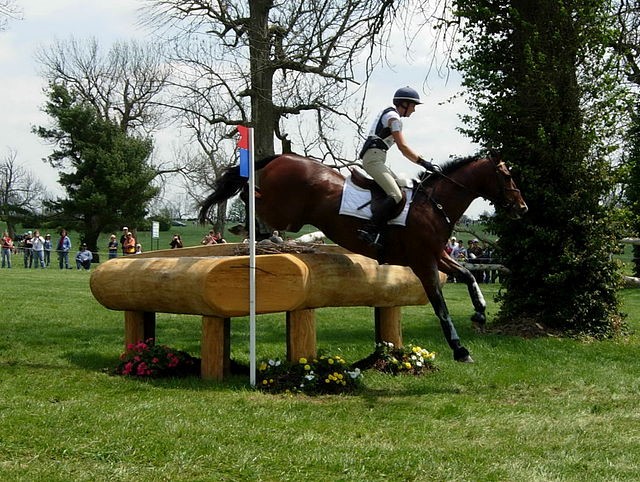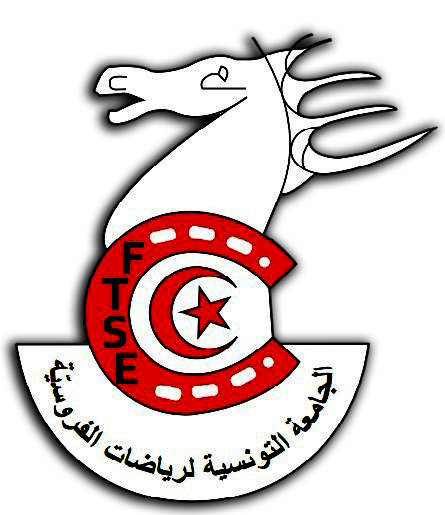Eventing is an equestrian triathlon in which the rider and their mount compete in three successive events within a single discipline: dressage, cross-country, and show jumping.
This discipline has its origins in armies where horses were used as a means of transporting heavy weapons, hence the need to select strong, endurance-rich, and well-trained horses.
Horses must be attentive, forthright, and have endurance to perform well in all three events.
The aim of this discipline is to demonstrate the versatility and connection of the horse/rider partnership.
Eventing is one of the seven world equestrian disciplines sanctioned by the International Equestrian Federation (FEI) and has been an Olympic discipline since the 1912 Stockholm Olympic Games.
Eventing therefore consists of three events:
- Dressage: The dressage event consists of presenting a compulsory program with figures at the walk, trot, and canter, demonstrating respect for the horse's style and obedience.
The horse-rider pair performs a series of approximately twenty test figures on a rectangular arena measuring 60m by 20m. The pair will be evaluated by a jury, which will award a score from zero to ten based on the ease and fluidity of the movements performed. The jury will also award overall scores to judge the precision of execution, the horse's submission, the quality of the gaits, the impulsion, the rider's position, and the harmony of the pair.
- A cross-country event where rider and horse take on a course on varied natural terrain: plains, woods, fords, hills, bridges, dotted with fixed natural obstacles: tree trunks, ditches, hedges, and water crossings, over a long distance at a sustained pace; it is a test of strength and perseverance.
- Show Jumping is a decisive event in eventing, judging the precision and agility of the horse-rider combination. The pair overcomes a dozen obstacles in a set order without knocking them over or slipping through them. The horse must show freshness after the cross-country event.
Eventing is a competition that requires two veterinary visits: the first before the dressage competition to ensure the horse's general condition allows it to compete at this level, and the second after the cross-country competition to ensure the horse is not injured and is not too tired to complete the third and final competition, show jumping.
The final ranking is determined by the total points earned in these three competitions: the dressage score plus the number of penalty points earned in the cross-country competition (horse refusal at the obstacle, exceeding the maximum time allowed) and the show jumping competition (falling from a pole, refusal, exceeding the maximum time allowed). If the rider falls during one of the competitions, they are eliminated and will not be able to participate in the other competitions. The winning pair will be declared the winner if they obtain the lowest total points.

